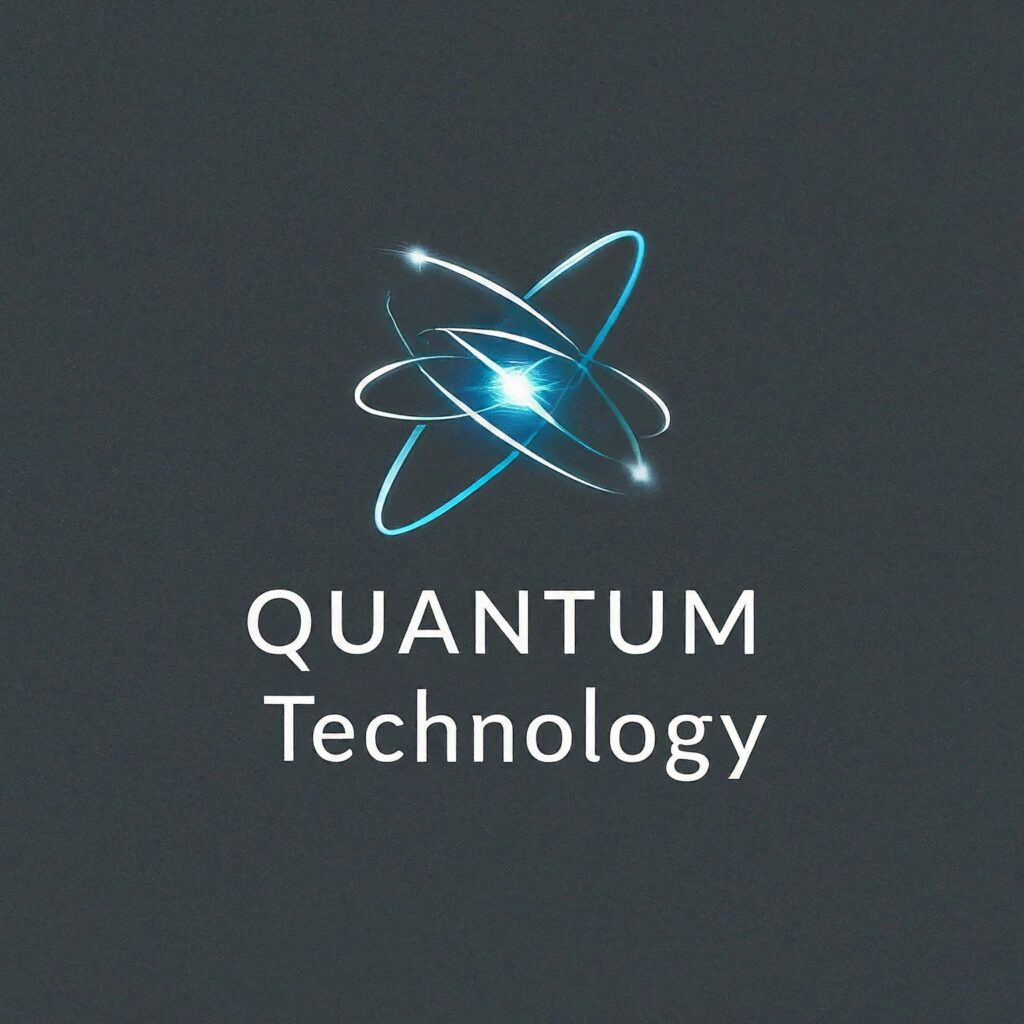A groundbreaking new study reveals how the fusion of quantum computing and reinforcement learning is reshaping the future of fintech trading strategies. Titled “Quantum-Enhanced Reinforcement Learning with LSTM Forecasting Signals for Optimizing Fintech Trading Decisions,” this research presents a quantum-classical hybrid model that dramatically outperforms traditional algorithms in volatile financial markets—delivering a remarkable 30.13% return on S&P 500 trading between January 2022 and April 2024.
Led by researchers from National Taiwan Normal University in collaboration with Wells Fargo, the study leverages Quantum Neural Networks (QNNs), Long Short-Term Memory (LSTM) forecasting, and Reinforcement Learning (RL) to develop a smarter, more adaptive financial agent.
Why Reinforcement Learning Falls Short—and How Quantum Fixes It
Financial markets are notoriously volatile and nonlinear, riddled with abrupt regime shifts, macroeconomic shocks, and investor sentiment swings. While RL—especially the Asynchronous Advantage Actor-Critic (A3C) algorithm—has shown promise by modeling trading as a sequential decision-making problem, it often lacks the expressive power needed for nuanced pattern recognition in high-dimensional data.
This is where quantum computing steps in.
Quantum algorithms, particularly Variational Quantum Circuits (VQCs), exploit quantum properties like superposition and entanglement. They can embed data in massive Hilbert spaces, providing deeper, nonlinear feature representations that classical systems simply can’t match.
The Hybrid Approach: Quantum A3C Meets LSTM Forecasting
The researchers introduced a Fintech Quantum A3C agent that pairs VQCs with classical A3C learning in a simulated weekly S&P 500 trading environment. But they didn’t stop there—they enhanced the agent’s decision-making by injecting predictive signals using LSTM-based one-week-ahead macroeconomic forecasts.
These forecasts included key indicators like:
VIX (market volatility)
FEDFUNDS (interest rates)
DGS2 and DGS10 (2-year and 10-year Treasury yields)
BAMLH0A0HYM2 (credit risk via high-yield bond spreads)
All features were z-score normalized to maintain scale consistency. The LSTM model achieved a 65.38% directional accuracy and RMSE of 2.02, proving valuable in anticipating market trends.
Training and Execution
The hybrid model was trained using a Gymnasium-compatible environment. Quantum A3C architecture replaced classical neural encoders with quantum circuits, consisting of:
8 qubits
2 circuit depths
Trainable Ry and Rz rotations
CNOT entanglement gates
These circuits were implemented via a custom PennyLane-based PyTorch module called TorchVQC. Classical networks translated input financial data into latent vectors, which were then transformed by the VQC to inform the policy and value estimators.
Results: Quantum Models Crush the Competition
The performance of five strategies was compared:
Classical A3C without LSTM signals
Classical A3C with LSTM signals
Quantum A3C without signals
Quantum A3C with signals
Random trading agent (baseline)
Top performer: Quantum A3C with LSTM forecasts.
Cumulative Return: 30.13%
Sharpe Ratio: 4.01 (vs. 1.74 for Classical A3C)
Max Drawdown: –3.78% (vs. –6.79%)
Ulcer Index: 0.01 (lowest volatility indicator)
Serenity Index: 22.44 (signifying stability and low risk)
Meanwhile, the classical A3C with predictive signals trailed significantly with just 11.5% return and 1.38 Sharpe ratio—indicating the signals had little or even negative impact on traditional models.
Behavioral Insights: Quantum Agents Trade Smart
Quantum models also displayed unique trading behaviors:
Frequency: Quantum A3C with prediction executed 54 trades—aggressively exploiting short-term patterns.
Holding Duration: These trades had shorter hold periods, reacting swiftly to volatility.
Adaptability: Classical A3C agents with predictions became overly cautious, executing just 10 trades over the same period.
The study concludes that quantum-enhanced models, especially when integrated with forecasting, react more dynamically and strategically—key to surviving noisy, fast-moving markets.
Challenges and Future Directions
Despite the promising results, the study acknowledges limitations:
Scope: The model was tested on a single asset class (S&P 500) over a 2.5-year period.
Hardware: All quantum simulations were conducted classically—real quantum hardware could unlock further advantages.
Interpretability: More theoretical analysis is needed to understand why quantum models outperform and how decisions are made.
The authors advocate for integrating quantum computing directly into LSTM architectures and expanding the framework to multi-asset portfolios and live market data.
Conclusion: A Glimpse into Quantum-Powered Fintech
This research marks a milestone in the application of quantum computing to real-world financial tasks. It not only proves the feasibility of Quantum Reinforcement Learning (QRL) in live-like trading environments but also highlights the immense potential of quantum models to outpace traditional finance algorithms in accuracy, stability, and profitability.
As quantum hardware matures and financial AI embraces hybrid systems, we may soon see real-time, quantum-enhanced trading platforms that outperform Wall Street’s most sophisticated tools.
One thing is clear—the future of algorithmic trading is not just artificial. It’s quantum.
